While some jobs can easily be moved to Google Docs and Zoom calls in lockdown, artists face a unique problem that comes with the change in platforms and the taking away of community.
Regardless, many young Egyptian artists, possibly encouraged by the abundance of free time and encouragement to explore their creativity during the pandemic, have taken the opportunity to advance their craft. Some have even found the slower workflow beneficial to their creations. Among those artists is Khadija El Sharawy, who works as a senior graphic designer at a branding agency in Cairo. Since the start of lockdown, she has been working remotely.
Art has its different meanings for each artist. For El Sharawy, art is about being curious; she likes to constantly discover and experiment with different media in visual arts including drawing, painting, experimental typography and animation.
Physical Movement and Artist’s Block
“The flow is a constant fluctuating wave. Some days, I feel very productive and inspired, other days I’ve not wanted to pick up a pencil,” El Sharawy said.
Artist’s block is a common experience to have during this time. In an article for The Washington Post, award-winning comic artist Dan Perkins advised people to keep in mind how the “new normal” limits people’s performance; accordingly, he recommended people cut themselves slack, and watch all the comfort TV they needed.
El Sharawy said that she has definitely experienced a ‘block’ in the last few months. “I feel we’re not physically moving, so, sometimes, things literally take a stand-still inside my brain,“ she explained. She added that the change of scenery that came with physically moving, commuting and traveling, helped reboot the system and to see things differently.
“It [travelling] literally gets you out of your daily norm and offers a new perspective in life that in return helps you create something different at work,” El Sharawy added.
Scientifically, El Shaarawy’s take is proven; movement stimulates creativity. A 2012 study by Stanford University titled “Fluid Movement and Creativity” found that fluid arm movement leads to enhanced creativity generation and cognitive flexibility. Other artists have also reached a similar conclusion; world famous Japanese author Haruki Murakami wrote a book titled What I Talk About When I Talk About Running in which he unravels his passion for running and its connection to his creativity.
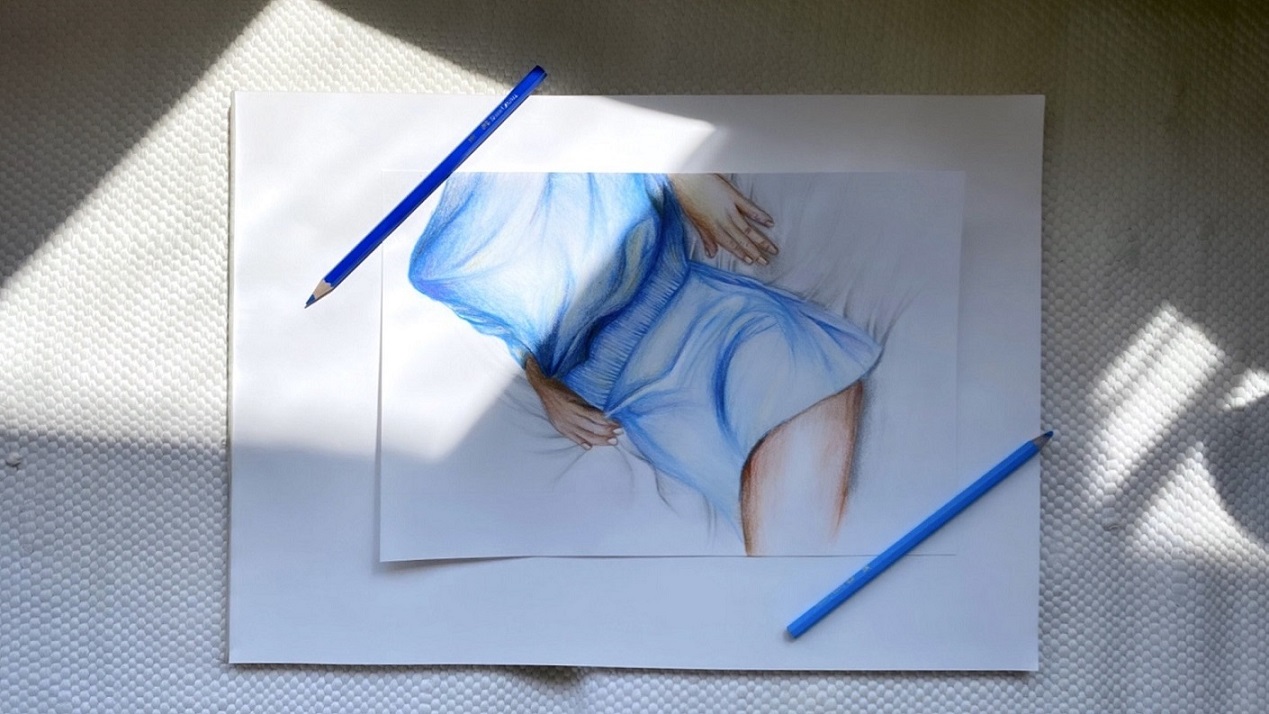
It is then expected that the lack of regular physical activity, which could come from efforts such as simply exiting the space of a home, can create a mental barrier for creativity.
With limited variables left for them to change, artists are trying to focus on their work environment at home. El Sharawy said that, as opposed to a desk in an office, she does her best in a personal and comfortable environment. One of the positives of working under lockdown, El Sharawy also added, is extra space and the ability to work in different stations around the house.
“My brain just feels more comfortable in a private setting like my home, so it’s actually helped my process [more] than before,” she said.
El Sharawy shared that part of her routine to avoid redundancy is incorporating different tasks to do in her schedule to help add different elements to the day.
Experimenting With a Slower Place
On the other hand, Amena El Abd, a nineteen-year old singer who plays bass, guitar and piano has had a different experience. The multi-instrumentalist has had a more difficult time adjusting to working at home due to the nature of her craft.
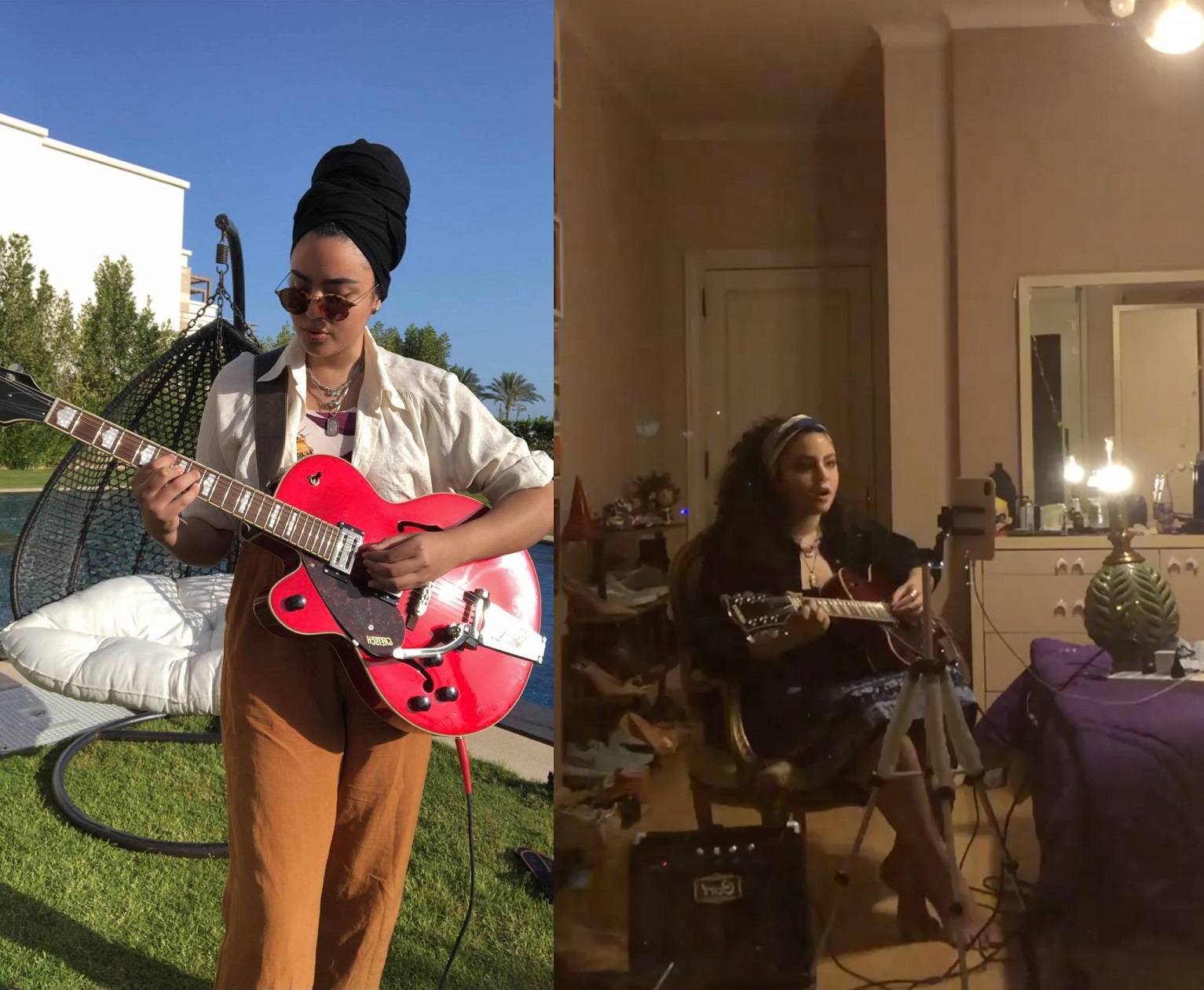
“I had to buy a lot of equipment to be able to record and do live concerts at home since that was the only option,” El Abd said. The young musician said that she hated the concept of online concerts because she enjoys audience interaction and getting feedback and reactions, which was less feasible without in-person interaction.
Hanya Elghamry, a multidisciplinary visual artist, has always taken a more research-based approach to her art.
“I try to experiment with as many media as I can, and my work is very research-based. My favorite medium will always be painting though,” she said. She has been painting since she was three years old, with a solid and unwavering confidence in her choice all of her life. When she was only five, she organized an exhibition for her family with tickets, installed paintings and a price list.
For Elghamry, because of the nature of her job pre-lockdown, the workflow has become smoother. She explained that, previously, she had been simultaneously working at a busy art organization and trying to manage her own art. She was able to make time for her own work as her job went fully online, with live chats, blogs and Instagram posts.
“I finally had time to do more research, read more, and get inspired. I have been painting much more than the months before; I even experimented with digital and video art, which is something I have been wanting to do for months,” she said.
An essential element that the pandemic applied to many peoples’ lifestyles is a slow pace.
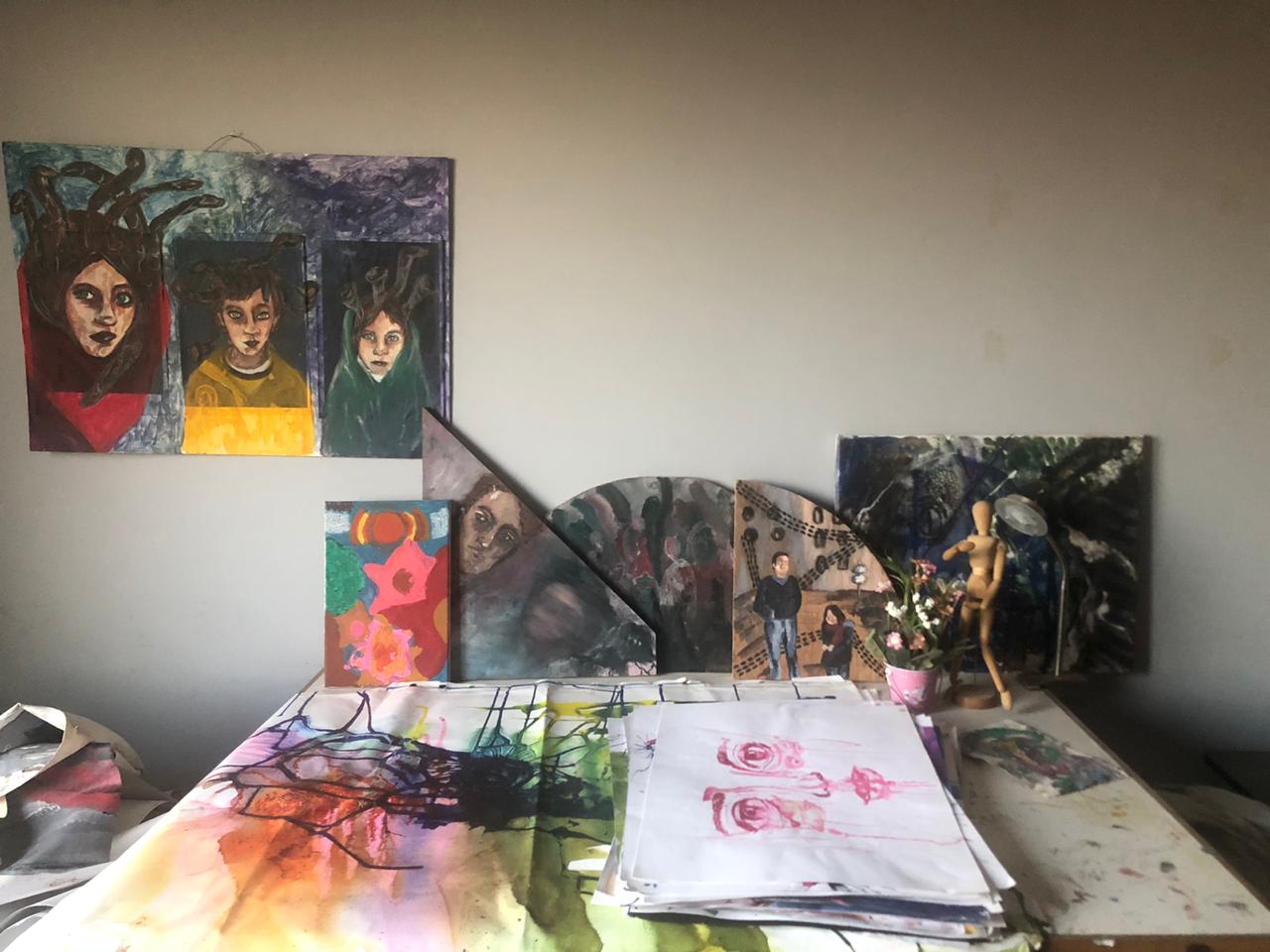
”It allowed us to properly care and nurture ourselves and the people we love due to the uncertainty of it all,” Elghamry said.
She acknowledged that while the slower pace inspired some, others struggled to comprehend the situation which impeded their productivity. She took the opportunity to invest more time in her art and figure out her next steps as an artist amidst the slower pace of life.
Inspiration in the Absence of Community
Visual art tends to be a more solitary medium, but for a jazz artist like El Abd, community is essential. When the pandemic hit the country, El Abd had just recently started to get familiar within the jazz scene in Egypt, a difficult mission due to its sophisticated nature. This had been even more detrimental for the young musician as she had started getting recognized by significant figures in the field and was able to perform in many concerts. As such, El Abd – much like thousands of musicians no longer able to perform and be seen – felt the brunt of the obstacle.
“We all know that there’s always chemistry between the audience and the performer, which was absent online. That definitely led to a complete artist’s block. It came with anxiety thoughts that make one feel like they don’t even want to make music anymore,” she said.
For artists who aren’t familiar with a solitary routine, some changes may need to be done. Founder of an artist advisory organization, Marina Press Granger, advised artists through Forbes to be aware of the collective cultural conversation despite isolation. “Set yourself a schedule that creates clear boundaries between studio time, [virtually] hanging out with friends, and business time,” she advised. She clarified that it is important to prioritize oneself in order to avoid burnout.
Seemingly, various artists learned that flexibility, when it comes to art, and to life in general, was important. Despite the anxiety, El Abd Iearned to be patient when creating music. “It is a craft that needs time and practice, trial and error. Never try to rush your pace because you will end up with low quality art.”
Elghamry added that, despite her art not having specific physical limits that were hindered by the pandemic, an obstacle she faced was being unable to purchase more canvas to work on. “That led me to experiment on cloth and different types of paper, or even repaint on older canvas that I felt needed more work.” She also added that she started exploring digital art.
While she usually used to people-watch for inspiration, like many contemporary and impressionist artists, she replaced that with finding inspiration within nature and its colors for the time being.
El Sharawy added that often, during lockdown, artists compare their work on social media which creates pressure to create work because “they had to”. It is important to prioritize mental health and energy.
“Any good craft is meant to be felt and honored for its time and energy, not rushed for the gram likes,” she added.
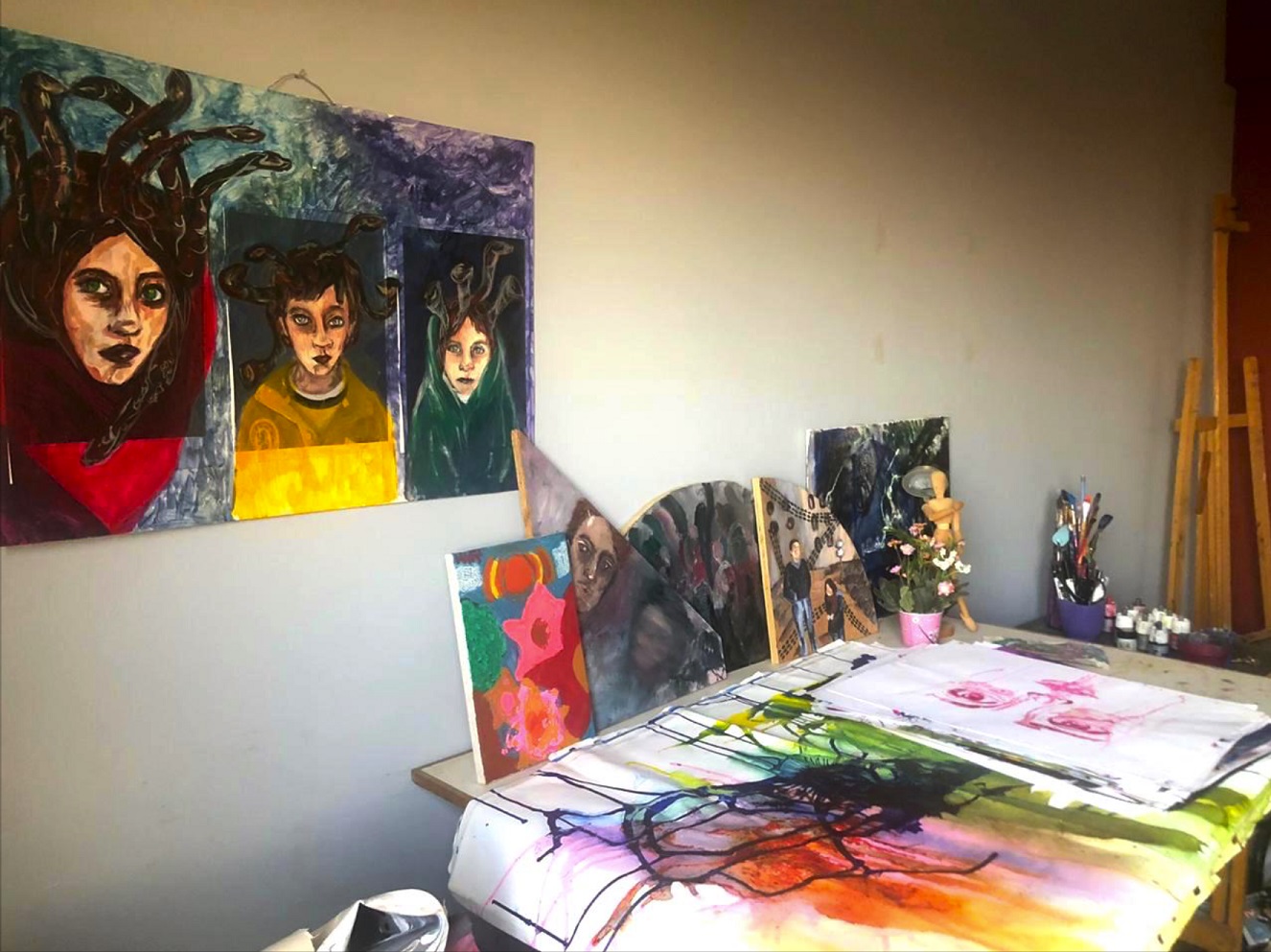


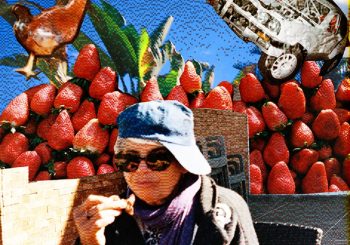
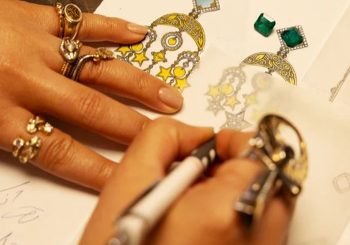
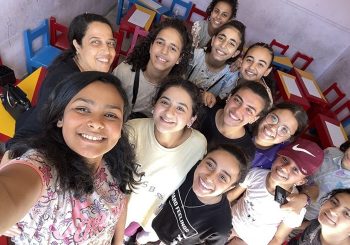
Comment (1)
[…] Silver Linings: Young Egyptian Artists Flourish Under Quarantine […]